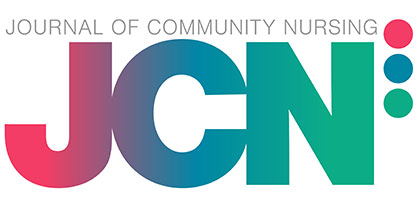01 December 2021
Bladder and bowel difficulties affect 20% and 10% of the UK population, respectively (Percival et al, 2021). This is most likely not an accurate reflection of the true scale of this often under-reported health issue. Pelvic floor dysfunction can cause symptoms relating to many different systems and its management involves numerous modalities. The management of bladder, bowel and pelvic floor dysfunction should be delivered in the community via general practitioners, pelvic health physiotherapists and bladder and bowel services. An effective multidisciplinary approach using pathways to reduce secondary care involvement unless required should be adopted. Post Covid, community bladder and bowel services are recovering from prolonged redeployment, a backlog of cancelled patients and a rising waiting list. Acute services are the same, with even bigger backlogs for benign lower urinary tract dysfunction and prolapse assessment. Scrutiny of current bladder and bowel services across new clinical commissioning group (CCG) collaborations will undoubtedly uncover the disparity in quality of service provision.
11 February 2020
Hydration is an essential component of life. Fluid balance
monitoring in health and social care has been a routine monitoring
tool carried out by nursing staff for many decades. The evidence
suggests poor compliance and inaccurate data with lack of time
or appropriate staff cited as the reasons for this. Several recent
high profile cases have attributed fatalities to a lack of adequate
hydration of patients in health/social care environments. Managing
someone’s input and output can have a signifcant effect on their
health and wellbeing. Accurate monitoring can also assist diagnosis
and ultimately guide appropriate treatment choices for people with
lower urinary tract symptoms. This article looks at the variety in
terminology and practice, discusses the importance of maintaining
accurate monitoring, and the essential components of a useful
monitoing tool. It also identifies some of the challenges faced in
maintaining effective monitoring of fluid balance with suggestions
for improving practice.
08 May 2018
Lipoedema is a challenging condition for patients, health and social care professionals. Lack of understanding about the condition leads to delayed diagnosis and poor support with self-management. This paper draws on key evidence, best practice guidelines for the management of lipoedema, and a patient story, to provide insights into the presentation, diagnosis, impact and management of the condition. It also identifies key points for practice for community nurses.
09 July 2012
Urinary catheterisation is one of the most common procedures undertaken in both primary and secondary care. However, the process carries a number of inherent risks, such as the potential for trauma and the introduction of infection. In addition, the inappropriate use of a catheter can cause long-term damage. This article outlines the indications for their use and the type to be used according to patient requirements.
Frank Booth RGN, DN Cert. Freelance Continence Specialist
Melanie Clarkson RGN Dip. He. Clinical Nurse Specialist, Continence Service for Blackpool Teaching Hospitals NHS
Foundation Trust
Article accepted for publication: March 2012
Andrea Surridge & Tanya Spriggs describe the roll out of nurse prescribing in Wales.
Andrea Surridge RGN, BN, NDN, PGCE, CPT is a Lecturer/Practitioner, Bro Morgannwg NHS Trust seconded to University of Wales Swansea
Tanya Spriggs RGN, DN BSc (Hons) is Acting Head of Community Nursing, Bro Morgannwg NHS Trust.
Article accepted for publication: July 2006
You need to be logged in to subscribe to a journal. Please login to make use of our journal subscription feature.
Thank you for your subscription.




